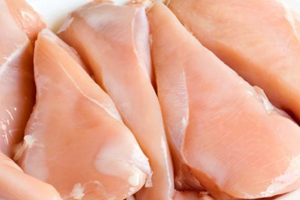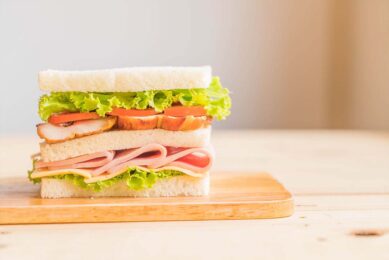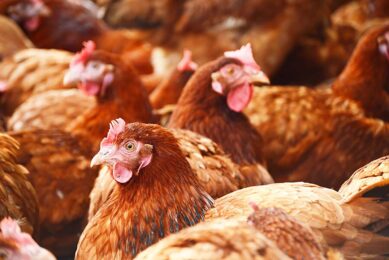2 Sisters removes more antibiotics from poultry production

2 Sisters Food Group is removing all antibiotics considered “critically important to human health” by the World Health Organisation from its poultry production, to help counter the risk of antibiotics resistance in humans.
The decision will see macrolides removed from use in broilers, in addition to the industry’s voluntary ban on the prophylactic use of fluoroquinolones in day-old chicks, and third- and fourth-generation cephalosporins, which are no longer licensed.
Macrolides include the active ingredients Tylosin and Tilmicosin, which may be prescribed by poultry vets to treat infections such as mycoplasma in parent flocks and day-old chicks.
The new policy, which incorporates the “replace, reduce, refine” framework launched by the Antimicrobial Resistance Roundtable in May 2014, also extends to the Hook 2 Sisters partnership and PD Hook hatcheries and breeder farms.
“As a responsible and forward-thinking organisation, we are keen to lead on this increasingly important issue and take a stand which we feel is pragmatic and sensible,” said 2 Sisters chief executive Ranjit Singh.
As such, 2 Sisters is also establishing two trial farms, to help develop on-farm techniques that will reduce the industry’s need for antibiotics.
“Our plan is about replacing antibiotics use with other interventions wherever possible,” said 2 Sisters agriculture director Michelle Waterman.
“This includes use of vaccinations and changes to husbandry and biosecurity techniques. Our strategy is continually refined through the use of trial locations to see what works best.”
According to the new antibiotics policy document, 2 Sisters plans to reduce total antibiotics use, as measured by defined daily dosage and mg/kg of liveweight, by 20% a year from 2015-20. “This must not be achieved to the detriment of animal welfare or bird quality,” it adds.
Poultry vet Philip Hammond from Crowshall Veterinary Services said the aim with all antibiotics should be “to use as little as possible, but as much as necessary to ensure bird welfare”. “It must be structured around a risk-based approach, with full sensitivity analysis applied before prescription.”
He added that there were alternatives to macrolides for controlling mycoplasma – for example Tetracyclines, which can be used in feed and water.
Source: FarmersWeekly
Join 31,000+ subscribers
Subscribe to our newsletter to stay updated about all the need-to-know content in the poultry sector, three times a week. Beheer
Beheer








 WP Admin
WP Admin  Bewerk bericht
Bewerk bericht